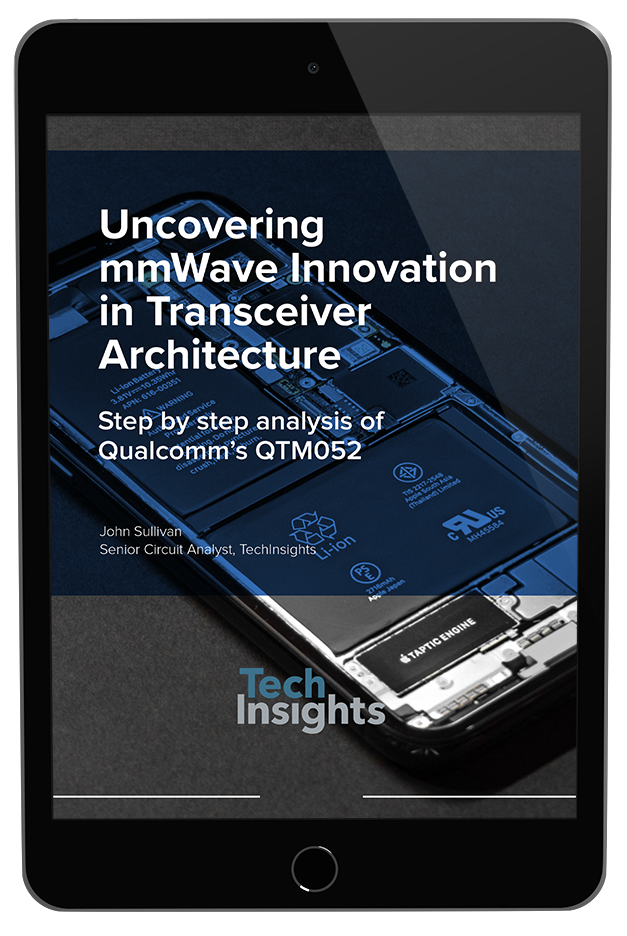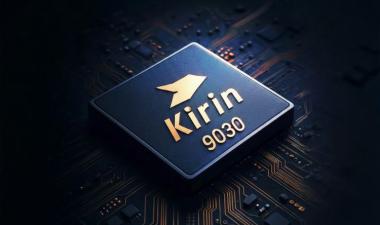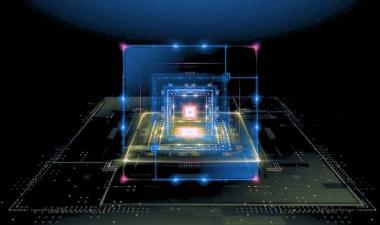Reverse engineering 5G mmWave technology
Contributing authors: John Sullivan and Radu Trandafir
While 5G is becoming more mainstream, mmWave 5G is still in its infancy. Space and power efficiency are important design considerations for cellular handsets. Identifying the architecture of a transceiver helps us understand how space and power design challenges are addressed.
What makes this architecture different? How do we understand mmWave transceiver architecture from the antenna to the modem? If you’re TechInsights, you reverse engineer it.
We closely examined Qualcomm’s QTM052 module that is found in the Samsung Galaxy S10 5G headset.
Download our ebook to learn about the steps we took to reverse engineer this mobile RF module.
Table of contents
- Identify antenna modules and placement through teardown analysis
- Antenna connections to the RF die through reverse engineering of the module PCB
- Connectivity of the QTM052 mmWave Antenna Module
- Start building a picture of the transceiver architecture
- 4.1. Floorplan Analysis of the Transceiver Die within the QTM052
- 4.2. High-level extraction of general transceiver architecture
- 4.3. Top-Level Schematic Diagram of Transceiver
- 4.4. Lower-level transistor schematics of the unit transceiver
- Overall Architecture after Analysis of RF Transceiver
- 5.1. Identifying the RF IC in the SDX50M modem
- 5.2. Transceivers for the Dual Phase Antenna Array
- 5.3. Architecture Schematic of the Left Side Transceiver
- Getting closer to deducing the transceiver architecture
- Final piece of the architecture puzzle – the modem die









